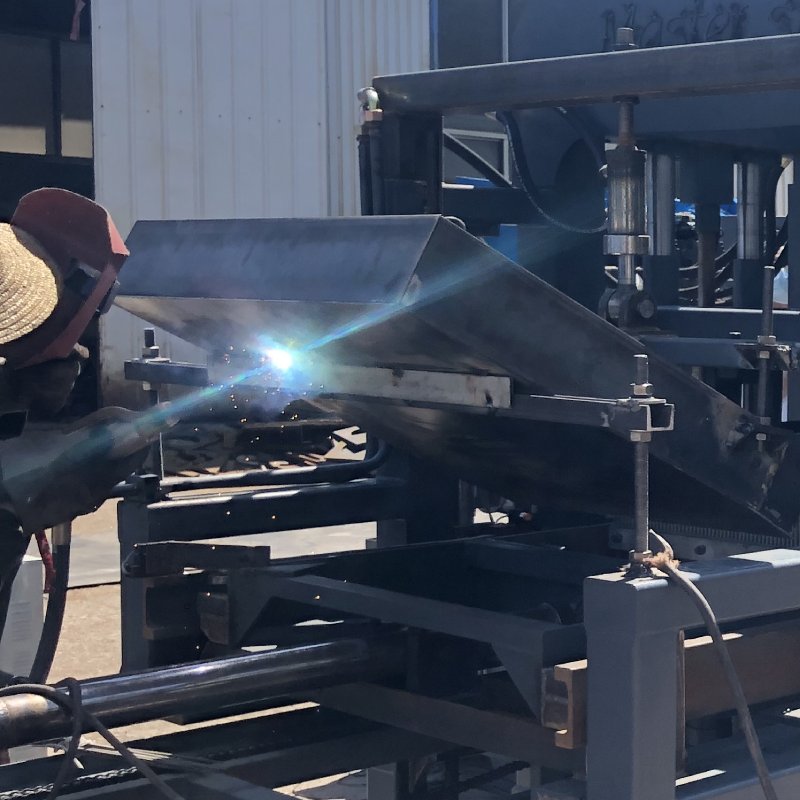
Export and International Expansion Strategies for Block Manufacturers
In an increasingly globalized world, block manufacturers have opportunities to expand their businesses beyond their domestic markets. International expansion can bring new revenue streams, diversify the customer base, and enhance a company’s competitive position. However, it also comes with challenges and risks. In this article, we will explore export and international expansion strategies for block manufacturers, including market selection, distribution, cultural considerations, and potential pitfalls to avoid.
### Why Expand Internationally?
International expansion offers several compelling advantages for block manufacturers:
1. **Revenue Growth**: Entering new markets can significantly increase a company’s revenue and profit potential.
2. **Diversification**: Expanding internationally reduces reliance on a single market, making the business more resilient to economic fluctuations.
3. **Access to New Customers**: International expansion opens the door to a broader customer base and new opportunities for customer acquisition.
4. **Competitive Advantage**: Entering international markets can give a company a competitive edge and enhance its brand reputation.
5. **Utilizing Capacity**: If a company has excess production capacity, international markets can help maximize its use.
### Export and International Expansion Strategies
1. **Market Research and Selection**: Conduct thorough market research to identify the most suitable countries or regions for expansion. Consider factors such as market size, growth potential, competition, and regulatory requirements.
2. **Market Entry Modes**:
– **Exporting**: Begin by exporting products to the target market, either directly or through intermediaries like distributors.
– **Joint Ventures**: Partner with a local company to establish a joint venture, which can provide local knowledge and resources.
– **Wholly Owned Subsidiaries**: Establish wholly owned subsidiaries in the target market, giving you full control over operations.
3. **Distribution Channels**: Select the most appropriate distribution channels for your products. This may involve working with distributors, agents, or establishing your own distribution network.
4. **Adaptation to Local Preferences**: Customize your block products to meet local preferences and construction standards. This may involve adjustments to size, design, and materials.
5. **Compliance and Regulations**: Ensure that your products meet local building codes and regulations in the target market. Compliance is essential to prevent legal issues and maintain a positive reputation.
6. **Cultural Considerations**: Understand the cultural aspects of your target market, including business etiquette, communication styles, and consumer preferences. Adapt your marketing and sales strategies accordingly.
7. **Language and Communication**: Ensure that marketing materials, product labeling, and customer support are available in the local language to facilitate communication and understanding.
8. **Financial Planning**: Develop a financial plan that considers exchange rate fluctuations, international taxation, and potential financial risks associated with international expansion.
9. **Risk Management**: Assess and manage risks, such as political instability, currency exchange rate fluctuations, and economic downturns. Consider insurance options to mitigate potential losses.
### Case Study: International Expansion of BlockTech Inc.
**BlockTech Inc.**, a successful block manufacturer, decided to expand its operations internationally. Here’s how they executed their international expansion strategy:
1. **Market Selection**: BlockTech conducted extensive research and selected countries with a growing construction industry and a demand for high-quality block products. They chose to enter markets in South America and Southeast Asia.
2. **Market Entry Modes**:
– **Exporting**: Initially, BlockTech started by exporting blocks directly to distributors in the target markets to establish a presence and gain market insights.
– **Joint Ventures**: In some markets, they formed joint ventures with local construction companies to leverage their market knowledge and resources for production and distribution.
3. **Product Adaptation**: BlockTech adapted its block designs and sizes to match local construction standards and preferences. This customization helped them gain acceptance in the new markets.
4. **Compliance and Regulations**: The company invested in thorough testing and certification processes to ensure that their blocks met local building codes and regulations.
5. **Cultural Considerations**: BlockTech trained its international sales and marketing teams to understand and respect local cultures and communicate effectively with local partners and customers.
6. **Language and Communication**: All product documentation, including installation guides, were translated into the local languages of the target markets.
7. **Financial Planning**: BlockTech worked with financial advisors to plan for currency exchange rate fluctuations and international taxation.
8. **Risk Management**: The company purchased insurance policies that covered currency risk and potential economic downturns in the target markets.
The international expansion of BlockTech Inc. led to a significant increase in revenue and market share, making them a well-respected player in the international block manufacturing industry.
### Challenges and Considerations
While international expansion offers numerous benefits, block manufacturers should also be aware of the potential challenges and considerations:
1. **Regulatory Complexity**: Navigating the regulatory landscape of a foreign country can be complex and time-consuming. Seek legal advice to ensure compliance.
2. **Logistics and Transportation**: International logistics can be challenging. Plan for efficient transportation and customs clearance.
3. **Cultural and Language Barriers**: Misunderstandings related to culture and language can affect business relationships and customer satisfaction. Invest in cultural training and multilingual staff.
4. **Currency Risk**: Exchange rate fluctuations can impact profitability. Implement financial strategies to mitigate currency risk.
5. **Market Risk**: Entering a new market is not always guaranteed to be profitable. Conduct thorough market research to assess potential risks.
6. **Competition**: New markets may have established local competitors. Differentiate your products and services to gain a competitive advantage.
7. **Political and Economic Stability**: The political and economic stability of the target country can affect the success of your expansion. Keep an eye on these factors and have contingency plans in place.
8. **Distribution Network**: Building an effective distribution network in a foreign country may take time and effort. Ensure that your chosen channels are capable of reaching your target customers.
### Conclusion
International expansion can offer significant growth opportunities for block manufacturers. However, it requires careful planning, market research, and an understanding of local regulations and cultures. By selecting the right market entry modes, adapting products to local preferences, and managing risks effectively, block manufacturers can successfully expand their presence globally, increase revenue, and solidify their position in the competitive construction industry.
